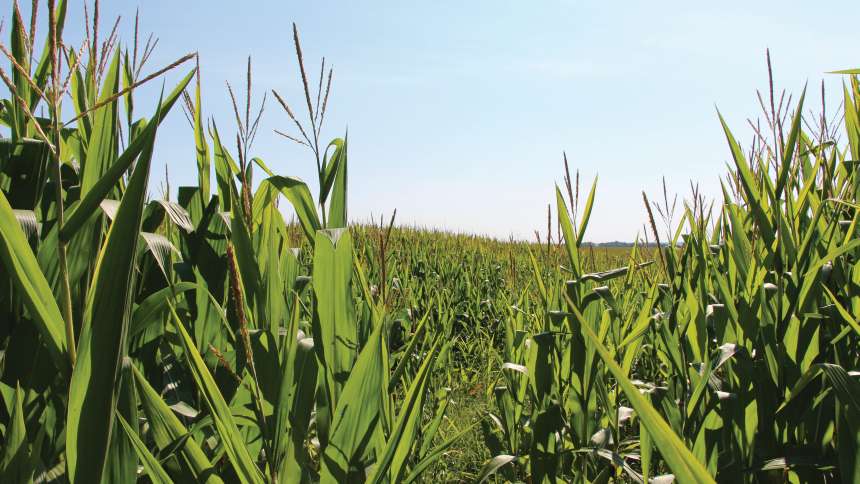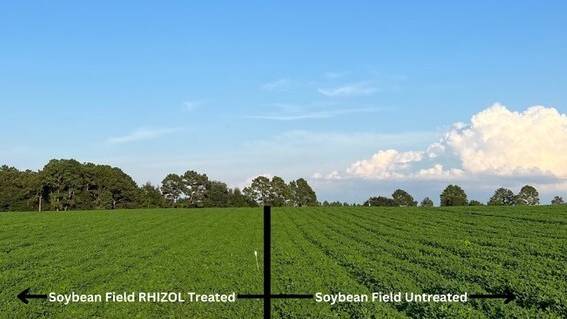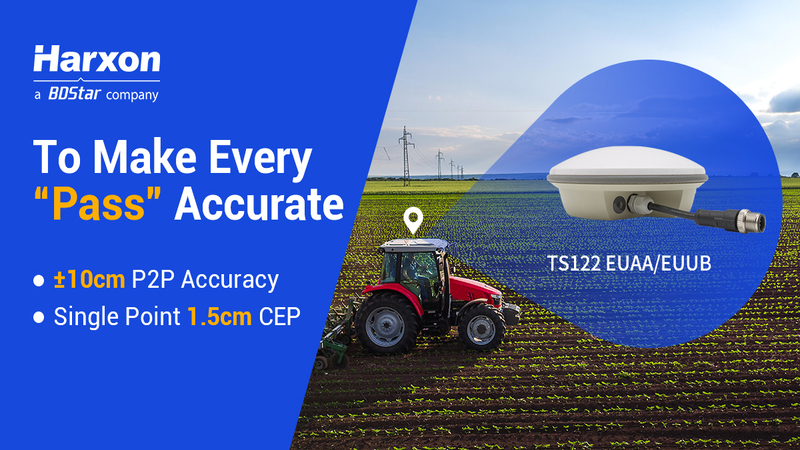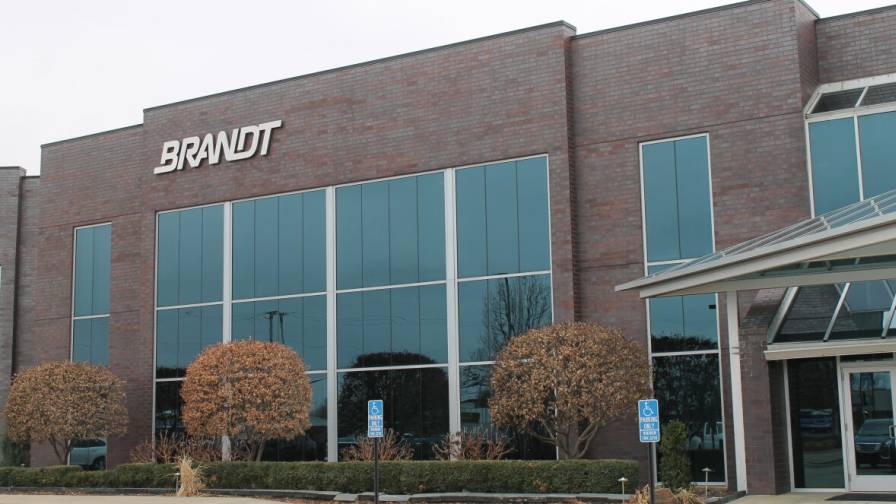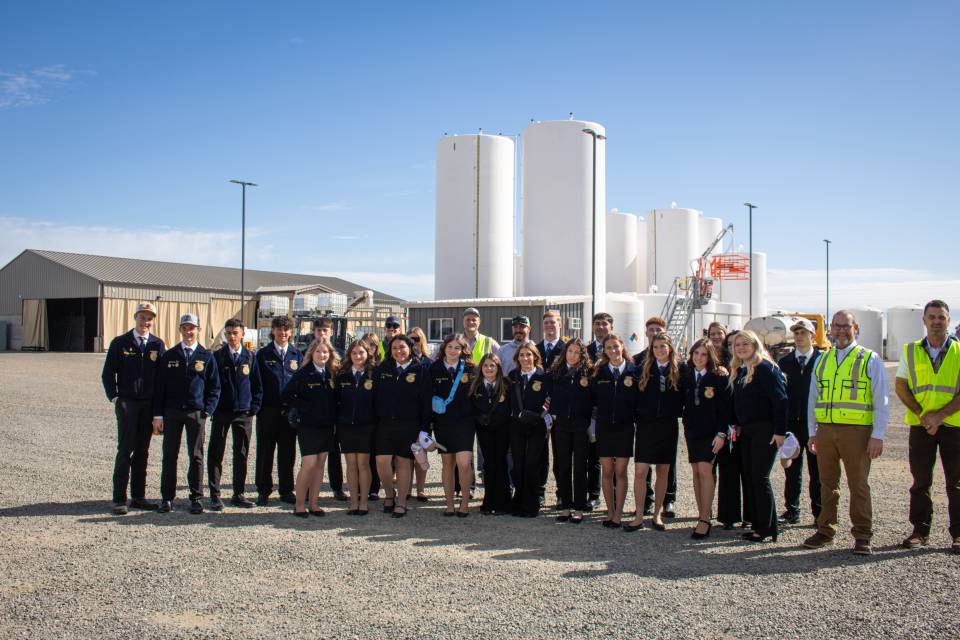Purdue University: Refocusing On Technology
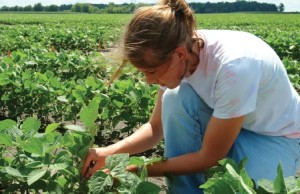
Unravelling the complexities of modern cropping systems will be a key focus for Purdue’s agriculture department.
Former Indiana Governor Mitch Daniels made waves in the state back in 2005 with his Major Moves campaign, an aggressive 10-year plan designed to improve the state’s infrastructure and prepare it for maximum competitiveness in the area of transportation efficiency.
Now serving as the President of Purdue University, Daniels has embarked on an infrastructure retooling project of a different sort with an investment of more than $20 million into the university’s College of Agriculture. And a key component of the plan is a re-focusing of effort in the area of ag technology and precision.
“One of the critical questions we face is how to feed a growing world population,” Daniels said during a President’s Forum at Purdue on September 12 where he announced the investment. “This initiative can lead to answers to that question by helping to produce plants that have higher yields and can grow in a variety of environmental conditions.”
Back To Its Roots
Technology research and education is certainly nothing new on the Purdue campus — in fact, it was on the leading edge of ag tech when it started to gain ground in the 1990s with the advent of public-domain global positioning systems, yield monitors and a newfangled thing called the Internet. It has also been collaborating with CropLife® magazine on the Retail Precision Adoption survey since its inception in 1994.
The initial focus was on making variable rate fertility provide a consistent payback for growers, but an economic downturn in the late-1990s and early 2000s — coupled with the growing simplicity of cropping using the Roundup Ready weed control system — made maintaining funding for precision-type programs a real challenge.
“We’ve had a group here that has worked on precision technology and techniques through the years, but it never grew to the levels that we had originally imagined,” says Dr. Daniel Ess, associate professor and Extension agricultural engineer at Purdue.
“Today, there is a huge demand with employers needing positions filled in the technology area,” he continues. And while we have been placing people in precision ag jobs for some time, we simply need more people here on faculty to support the teaching efforts. And as the technology becomes more widespread and more complex, there’s an opportunity for us if we produce better educated students and re-focus on research.”
“When it comes to precision farming, Purdue was one of the first places to take a hard look at the economics of precision, but after the initial push toward agronomic practices in the mid to late 1990s, most of the investment throughout the industry went into the automated part of precision farming — for example guidance and sprayer section controllers,” says Bruce Erickson, who is returning to the agronomy department full time after two years with the American Society of Agronomy. “That technology did not rest on the site-specific characteristics of the field, but only on the position in the field.”
“Today, our challenge is to characterize the interactions and complexities of crops, soils, and the growing environment in any one season. We knew these responses and interactions were complicated, but they’re probably even more complicated than we first realized,” he continues. “We need to better understand all the variables so we are able to manage them better in the field.”
Using the university’s ACRE research farm and some additional manpower — including 10 new professors in the College of Agriculture — Purdue intends to take a leadership position among land grants for research into how crops respond to various factors, the genetic basis for this, and how to characterize this in the field.
“Fields are biological systems, they can change and compensate, and don’t always respond as we think they might. One of key things precision ag can help with is in better defining the complexity of the crop environment,” says Erickson.
Apps And Extension
In addition to precision, Purdue will be working on applications that will make using technology and sharing data accessible to more growers, regardless of size.
“Part of what’s driving the movement here is the opportunity to produce something that is more open source, something that will appeal to those who haven’t adopted much in the way of precision technology to date,” says Ess. “We would like to ‘democratize’ this whole business so that someone who does not have the acreage resources or huge dollar revenues can use the technology they already have on hand.”
Ess is also part of a group working to bring a new Agricultural and Biological Engineering professor on board to help lead precision teaching and research efforts as part of the agriculture’s education and outreach efforts. In addition to delivering more, better educated graduates to serve the needs of businesses bringing technology to growers, Purdue will be extending the availability of online courses.
“The technology in terms of delivering education from a distance is rapidly changing, and there is certainly a significant need for agronomic education,” says Erickson. Not everyone is in close enough proximity or has the time or resources to take a class on campus. Part of our mission as an organization, as it has been since its beginnings, is in taking the education to the people, and that’s a significant area of investment.”

